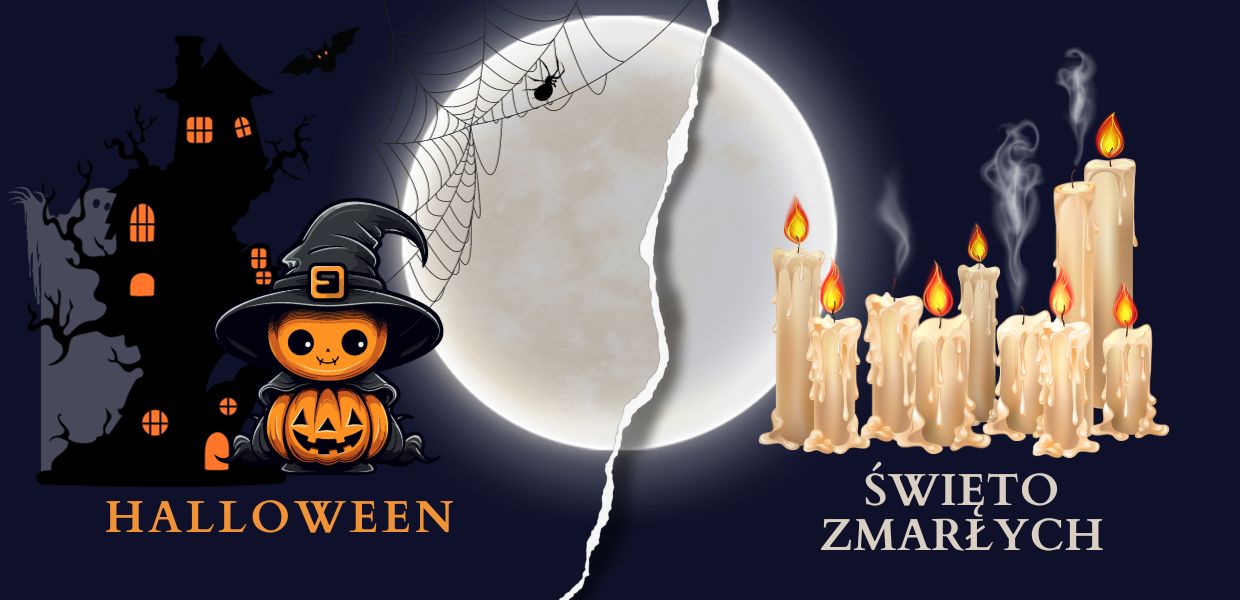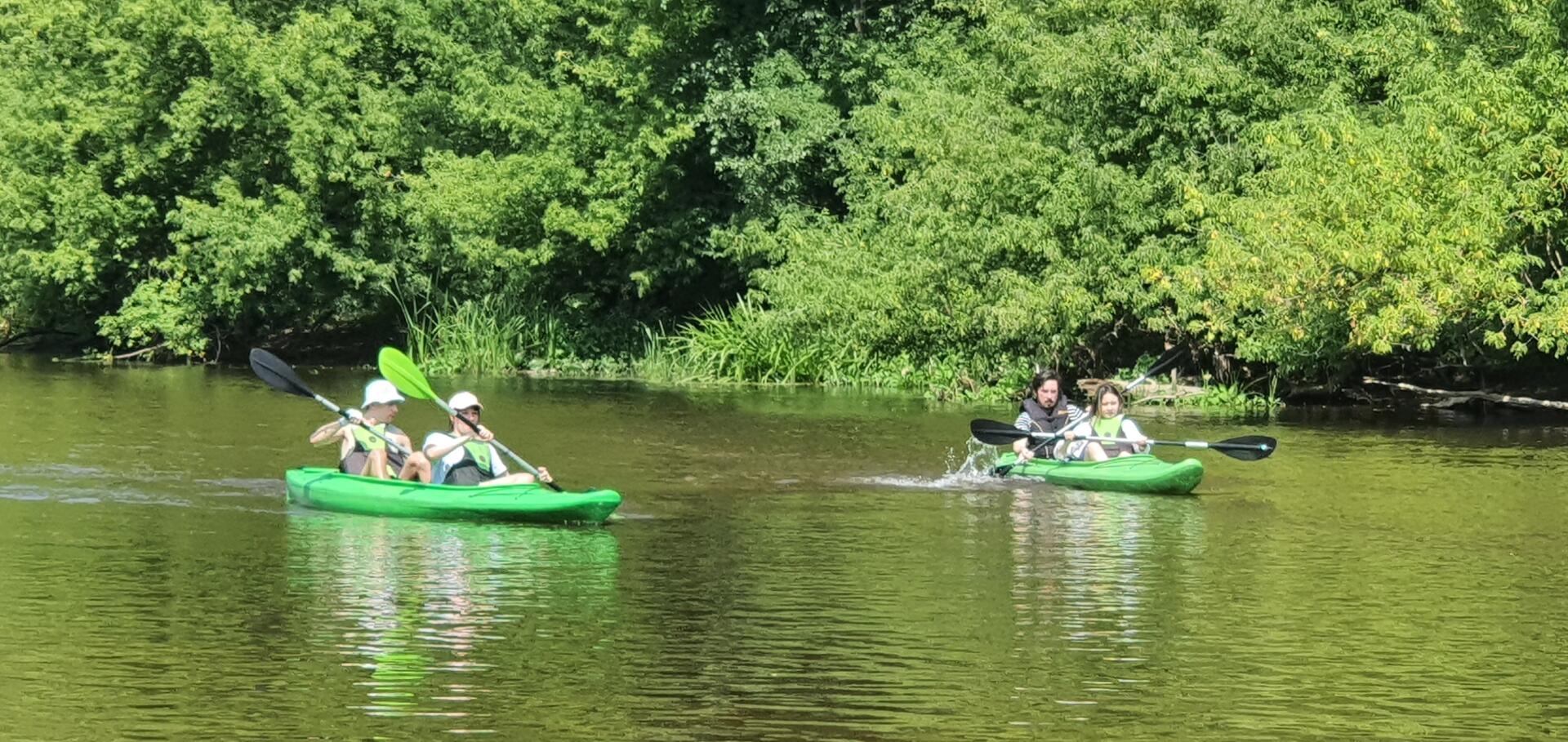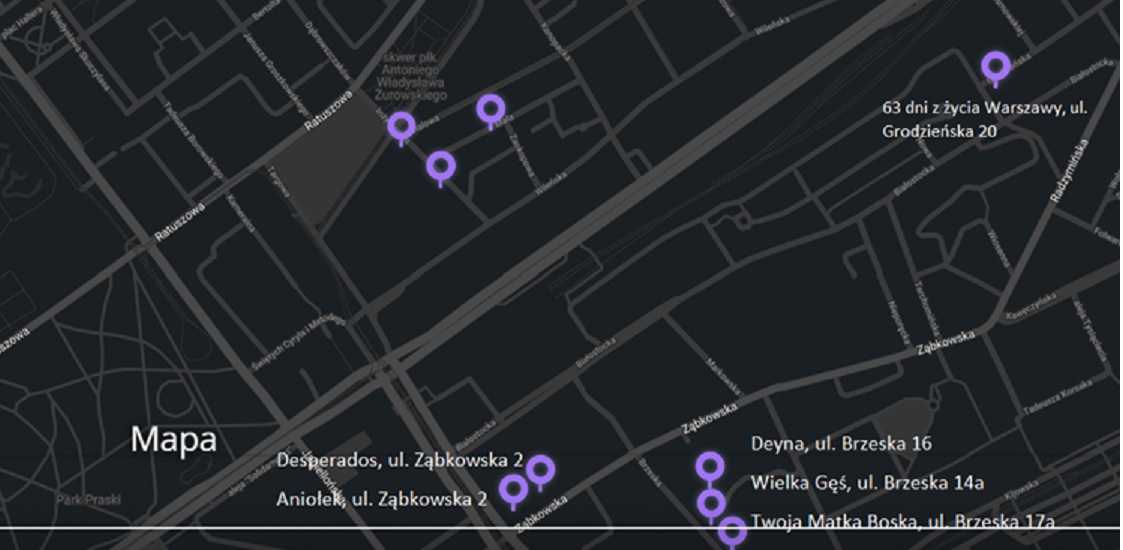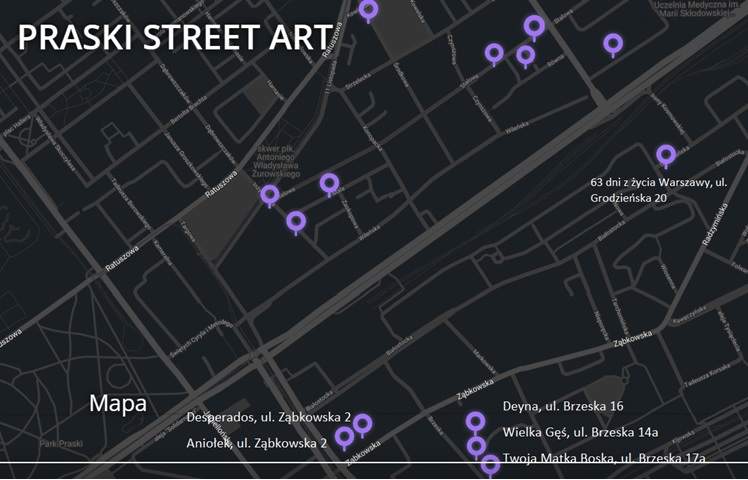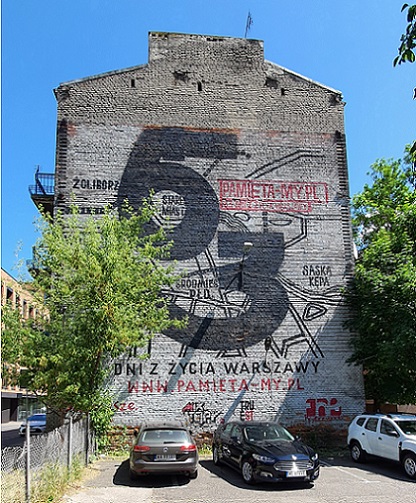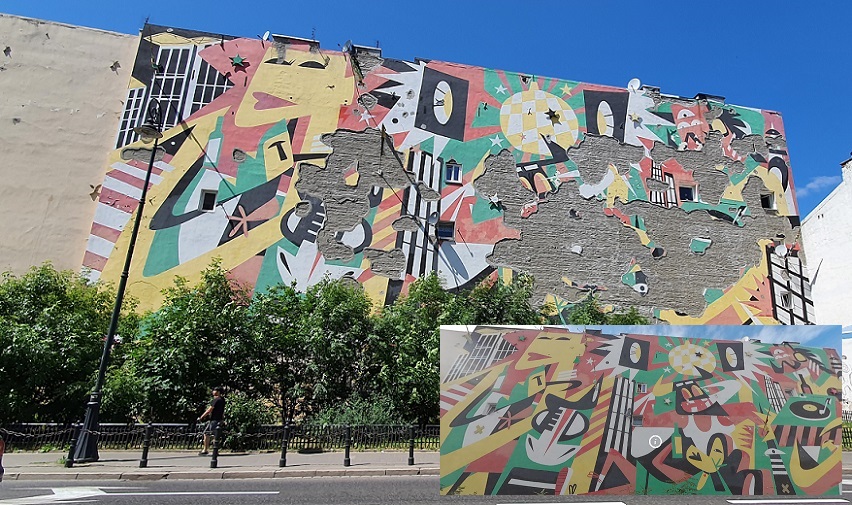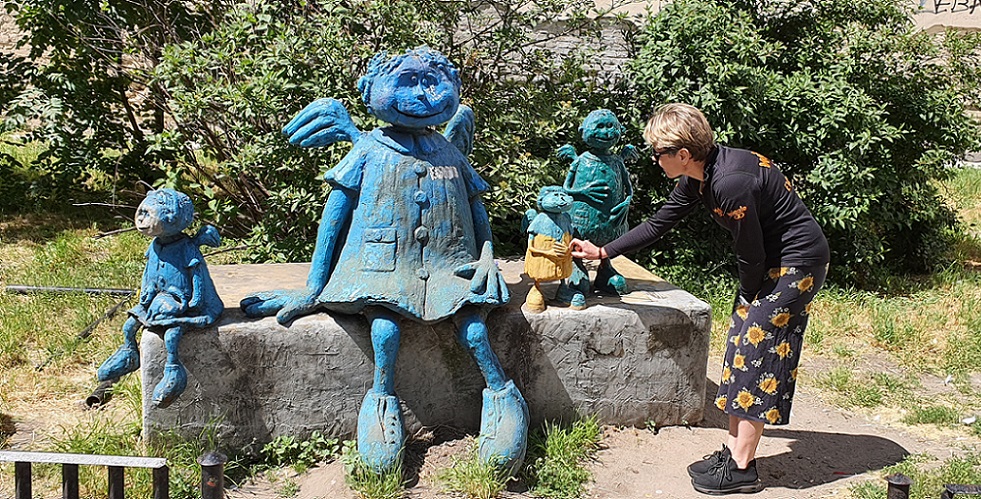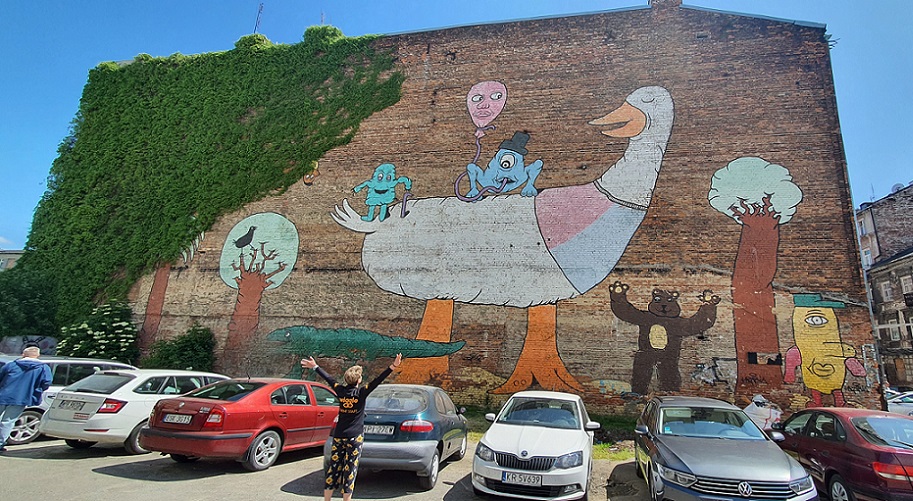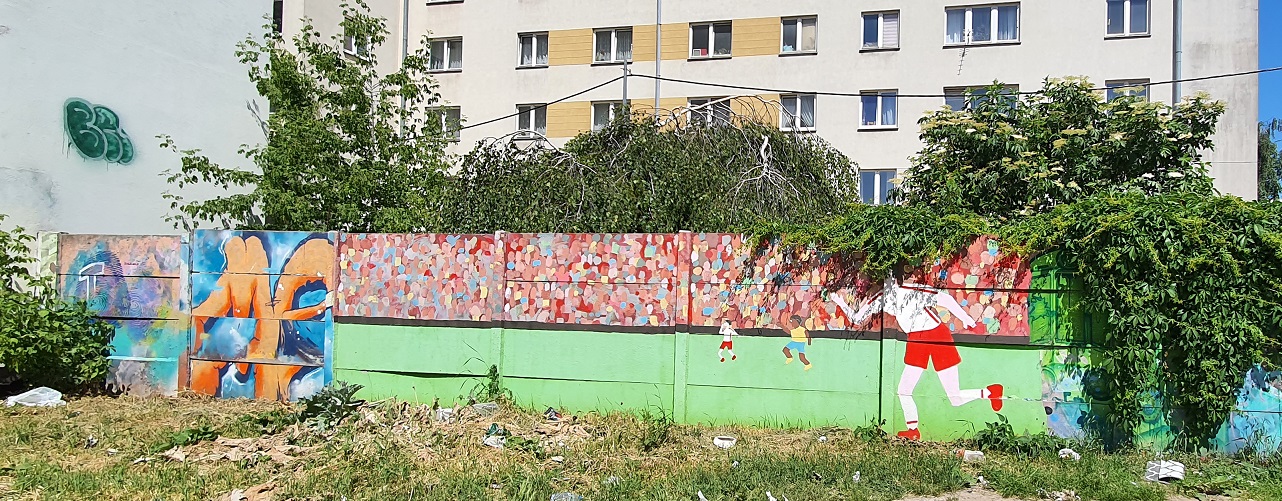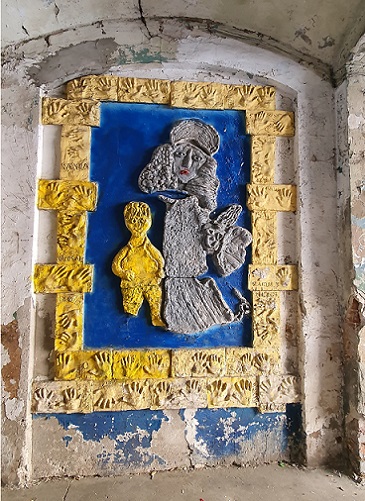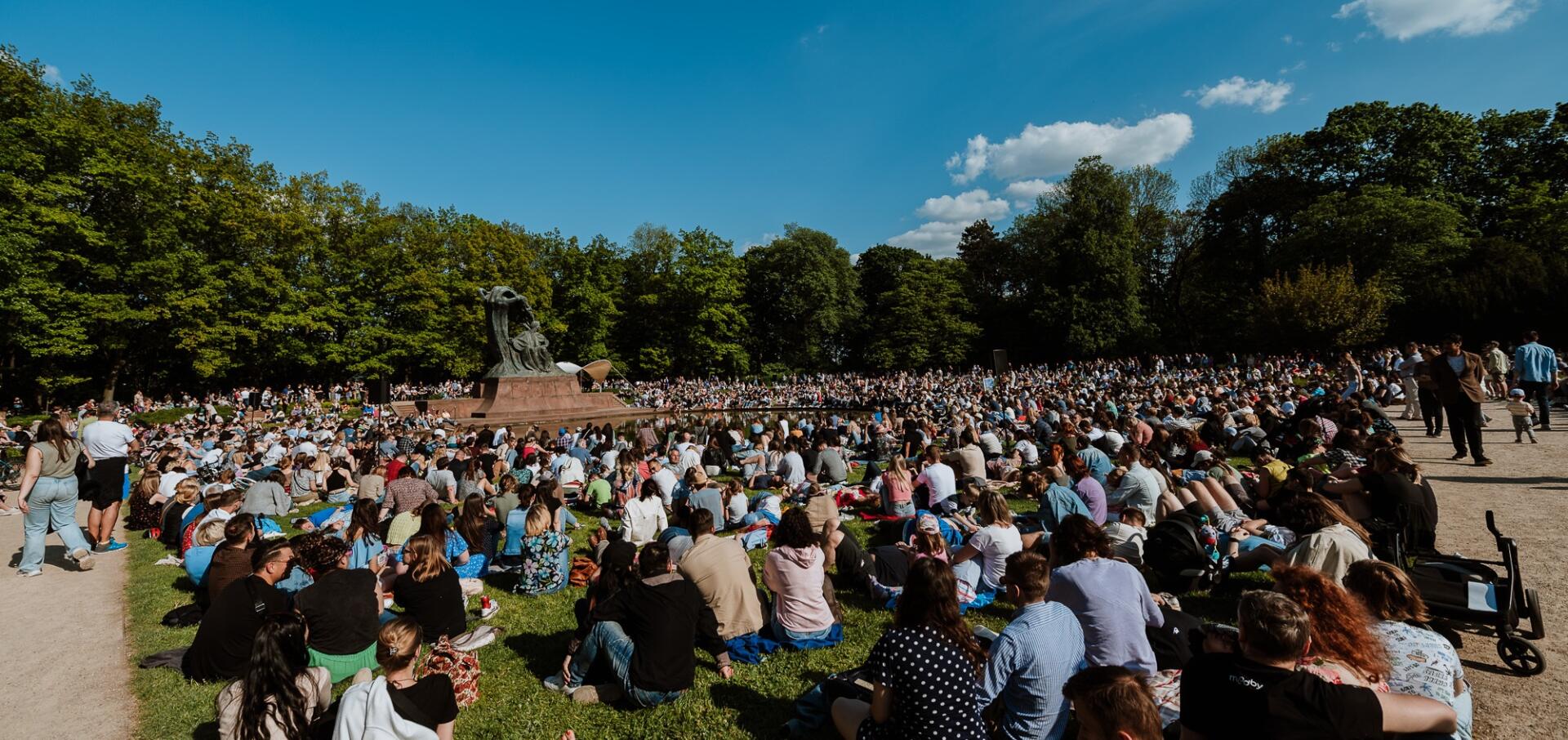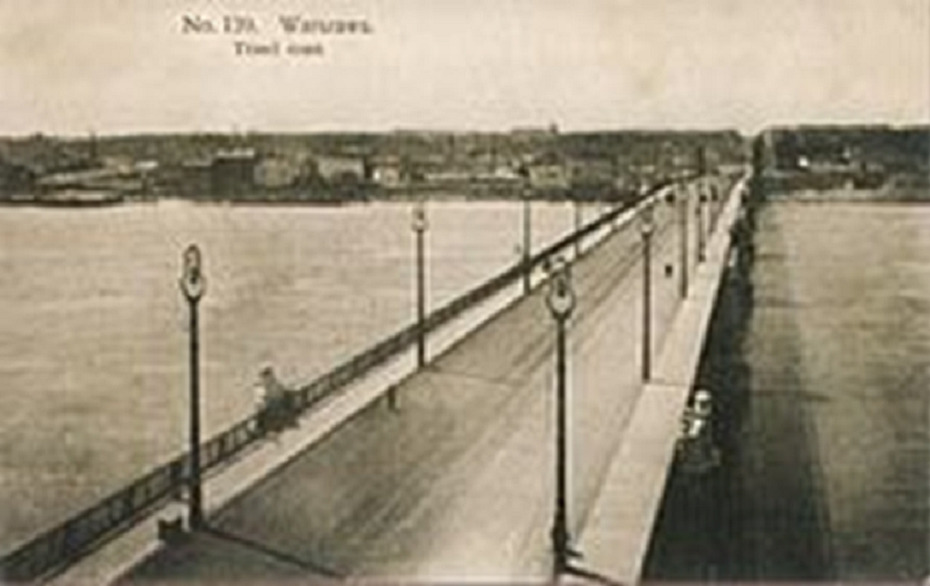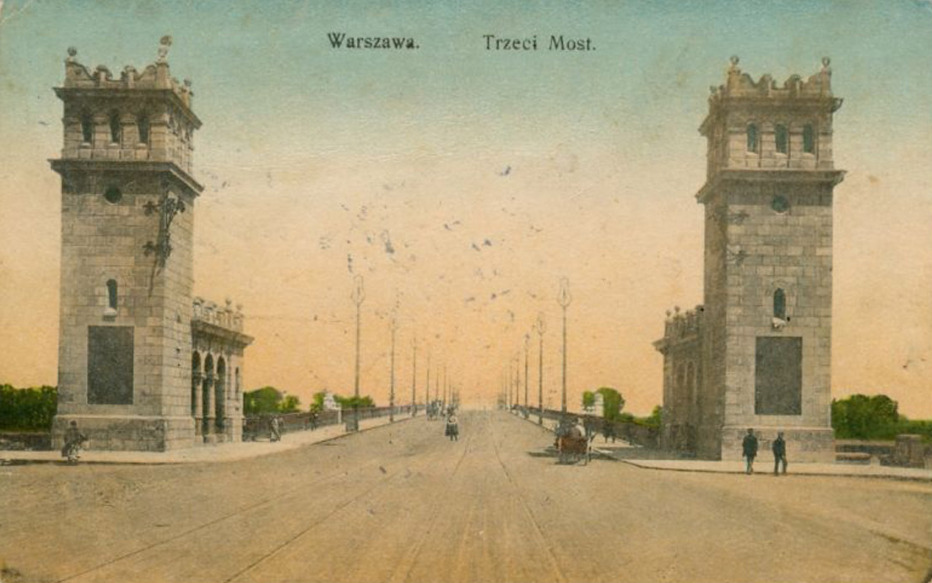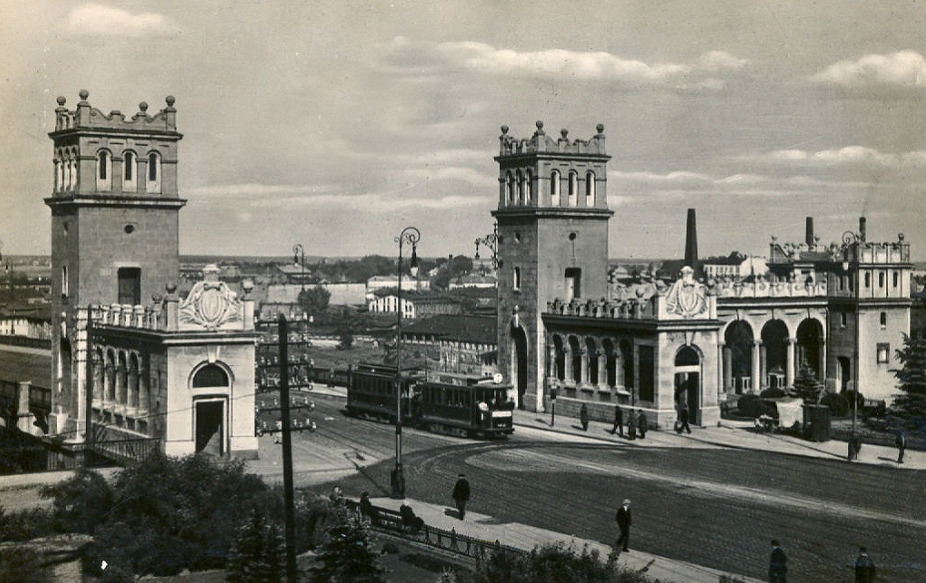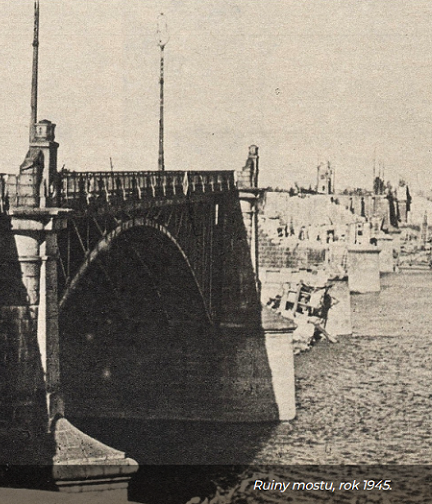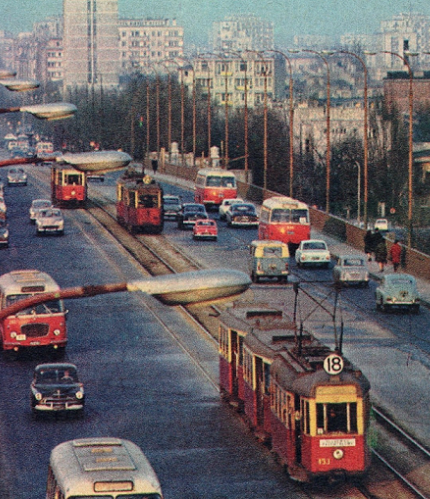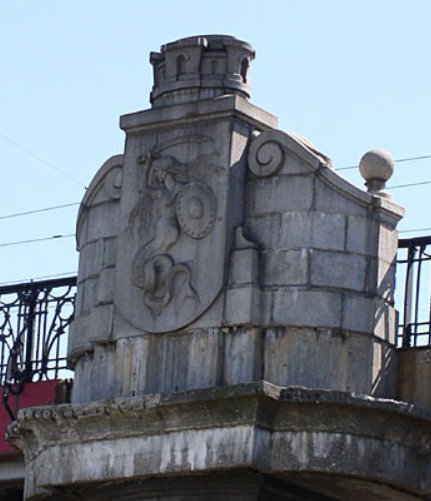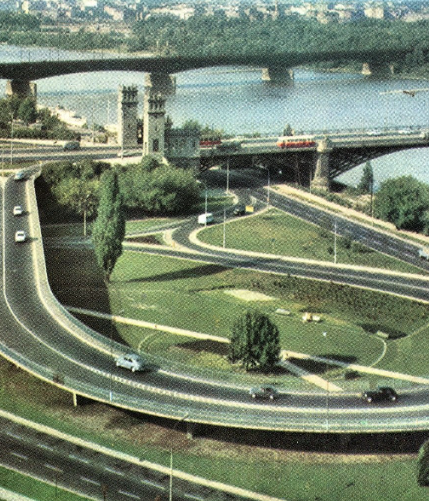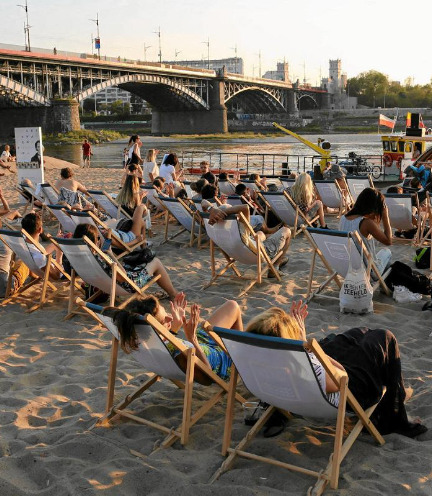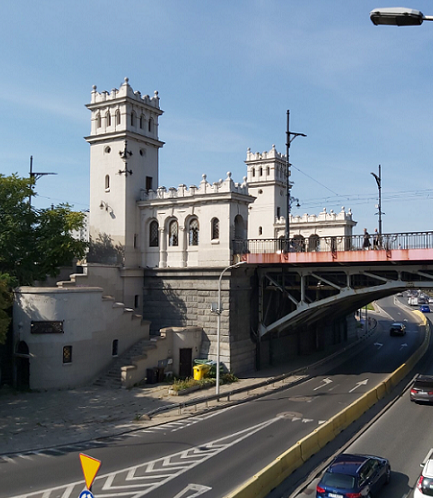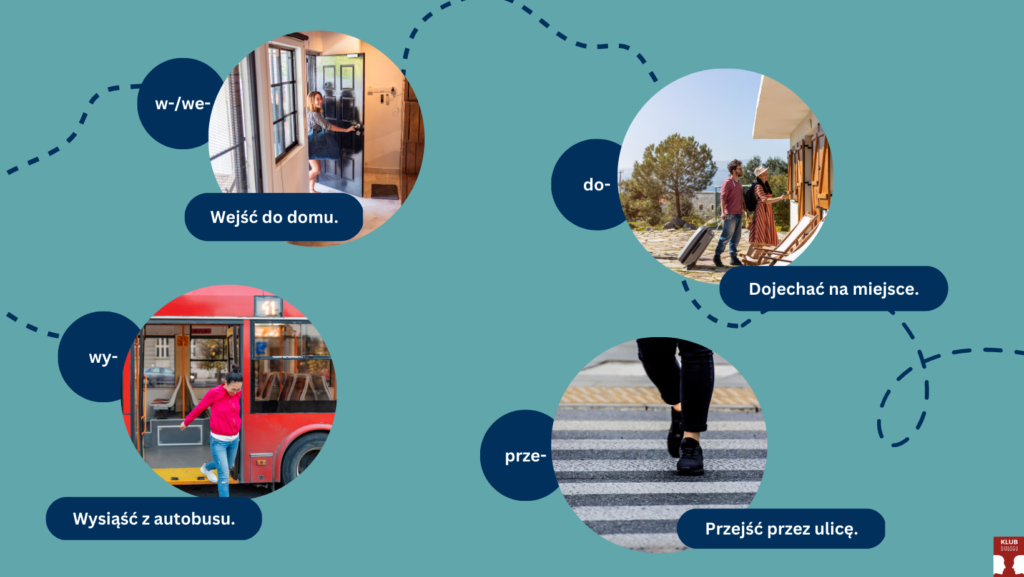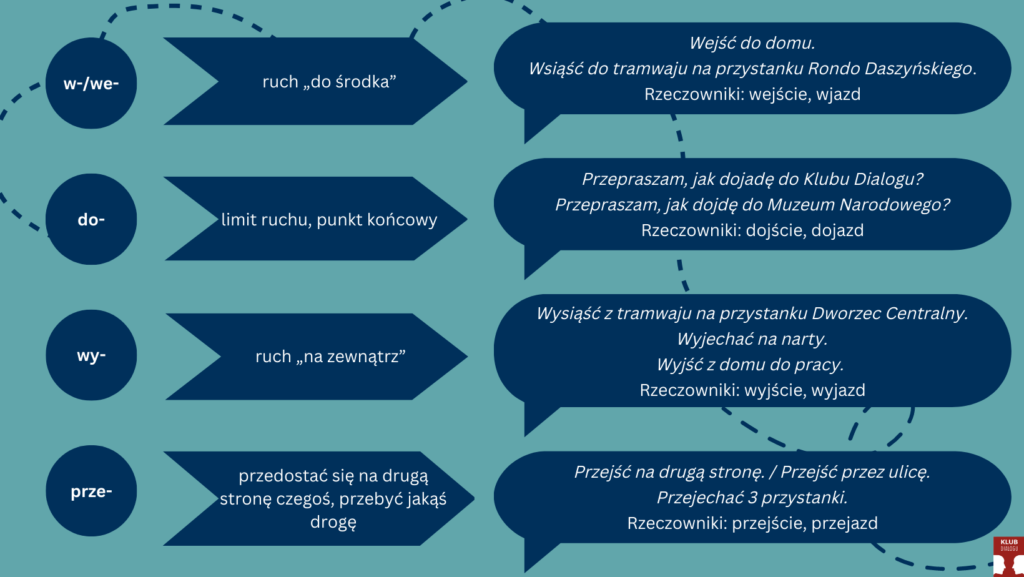
WE ALREADY KNOW THE FIRST STORIES
WE PRESENT THE RESULTS 20 TASKS FOR THE 20TH BIRTHDAY OF KLUB DIALOGU SCHOOL
We are delighted when our students bring us more tasks from ’20 TASKS FOR THE 20TH ANNIVERSARY OF KD’! Each of these tasks is really interesting and inspiring and allows us to learn more about you, your hobbies and lifestyle.
We get to know you from when you were (or still are) 20 years old, recipes from your kitchen, Polish words that seem difficult, funny or interesting to you.
Thank you very much for your opinions about the teachers, which sometimes written in verse give us a lot of joy!
We are always waiting for more! Hurry up, because this is the best way to have fun with us at a unique BIRTHDAY PARTY celebrating 20 years of the KLUB DIALOGU Polish Language School, and the number of places is limited.
Selected works:




- Rafael from Brazil – my 20 years
- Emiko from Japan – recipe for Japanese Gyoza dumplings
- Maja from Japan – a greeting card for Valentine’s Day
Difficult Polish words selected by students:
Świętokrzyska, cieszę się, spadkobiercy, Szczebrzeszyn, zaprzepaszczony, wykształcenie, pszczoła, szczęśliwy, najtrudniejsze, bezwzględnie, prostopadłościan
Loved Polish words selected by students:
Wakacje, truskawka, ogórki, słoń, słońce, szczęście, poniekąd
A poem by Tatsiana from Belarus about her teacher Ola:
Słuchaj uważnie nauczyciela języka polskiego
Nie ma teraz nic ważniejszego.
Nauczanie dla Oli jest jej powołaniem,
W jej pracy dusza łaskę rozpoznała.
Nauczanie jest jej przeznaczeniem,
Całą wiedzę nam przekazała.
Oli ten wiersz dedykuję;
Mówimy jej skromne ‘Dziękuję’,
Kurs ukończony. Łza rozstania z naszych oczu płynie,
Niech KLUB DIALOGU w Polsce słynie!




